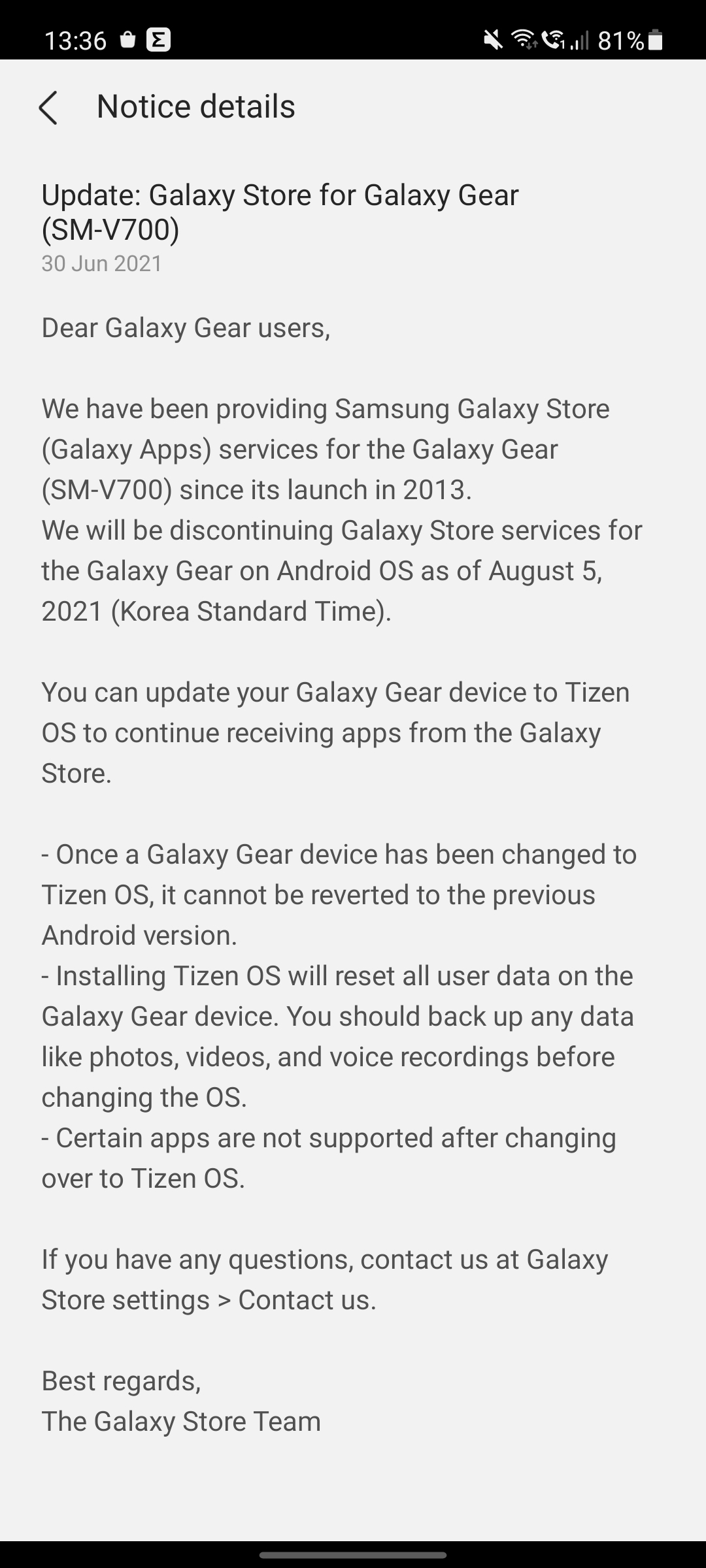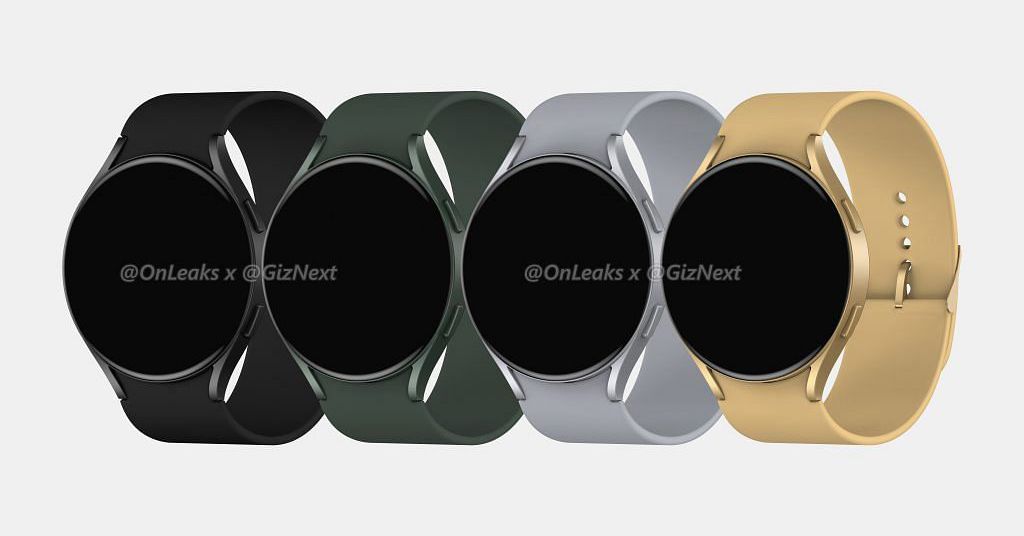

It is comfortable in the hand, and the keys have the perfect pressure sensitivity so you can operate them easily. This slim remote control is made of light metal with a minimum of keys. Samsung supplies a ‘smart controller’ with the more expensive models. In addition to the icon for the Ambient mode, you will find the following icons (from left to right): notifications (clock), settings (gear), inputs, the search function (magnifying glass), and finally all apps (four circles). You show those extra options by clicking twice. At the bottom left of the first tile you will find the icon for the Ambient mode (see below) and the three horizontal lines that give you access to the rest of the menu. The Samsung Tizen Smart Hub start screen consists of a bar at the bottom of the screen that leads you directly to all your content. You can also add additional apps afterwards.Įven though you used the remote control during the installation, you should also install the Smart Things app on your smartphone if you want to use it as a remote control. Finally, you can optionally add a Samsung account (for paying content in the app store), zip code (for the electronic guide) and choose a number of additional apps to appear on the start screen. Next you determine the settings for the internal TV tuners, network connection, and tick the necessary privacy warnings and permissions. In a next step, the TV tries to recognize all connected devices in order to offer universal operation. You choose language, country, and a pin code. Which of the two you choose makes little difference, the process goes through the same steps. Either use the remote control and follow the instructions on the screen, or you install the ‘SmartThings’ app from Samsung and you do the complete installation of your TV on your smartphone.

The first screen immediately shows that you can perform the installation in two different ways. Our guide is based on a Samsung QE75Q900R. In this guide we will guide you through the most important functions of Samsung Tizen Smart Hub. The smart interface brings almost all functions within a few clicks on your fingertips. The interface has been further improved in the past years, and is now mainly known under the name ‘Smart Hub’, a name that, incidentally, deserves it perfectly. In 2015, Samsung switched to Tizen OS for its smart TV environment.


 0 kommentar(er)
0 kommentar(er)
